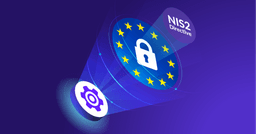What Are the Advantages of Using Scripting?
In today's fast-paced software development landscape, integrating scripting is crucial for adapting to changing requirements. This tool enables developers and users to implement dynamic modifications without altering core code, enhancing flexibility. Users can create custom scripts, tailoring applications to their specific needs, improving their productivity.











